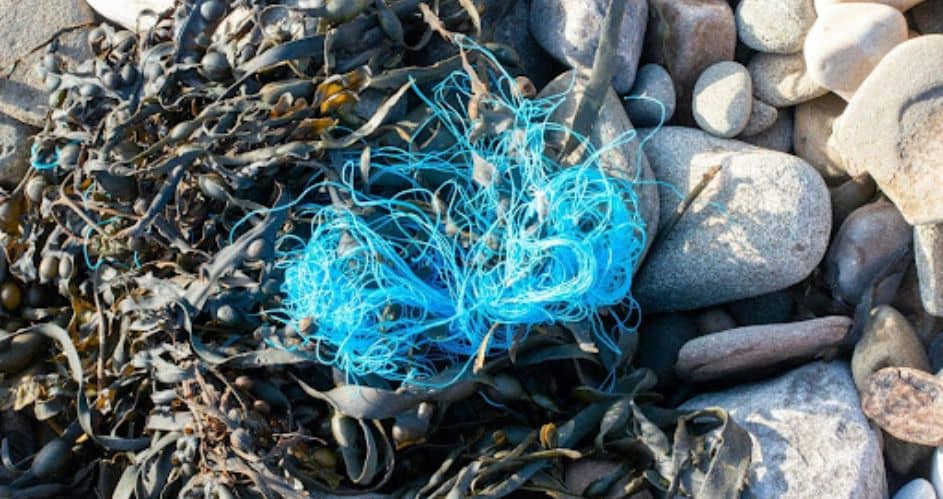
Microplastics are everywhere in our environment, and they present a growing problem for our planet and our health. As tiny plastic particles less than 5 millimeters long, they can be found in oceans, rivers, soils, and even in the air we breathe.
Reducing microplastics in your home is not just about environmental responsibility; it’s also about safeguarding your well-being. In this blog post, we’ll explore practical ways to minimize microplastic pollution in your living space.
What Are Microplastics?
Microplastics are tiny fragments of plastic that result from the gradual breakdown of larger plastic items, like bottles and bags, or they can be manufactured small for specific uses, such as in cosmetics or clothing.
These particles are persistently durable and can spread easily through water and air, making them difficult to eliminate once they enter the environment.
Protecting Against Microplastics in Water
Besides focusing on solid microplastic sources, it is important to protect against microplastics in water. Microplastics can enter the water supply through various channels, including runoff and industrial processes. Using water filters designed to remove microplastics can help reduce your exposure.
Be Mindful of Personal Care Products
Pay attention to the ingredients in your personal care products. Products with microbeads have already been banned in some countries, but it’s wise to opt for natural alternatives. Look for exfoliants that use natural materials like ground walnut shells, salt, or sugar instead of plastic beads.
Sources of Microplastics In Your Home
Understanding where microplastics come from is the first step towards reducing them. The main sources include:
Synthetic Fabrics:
Clothing made from synthetic fibers like polyester, nylon, and acrylic sheds microplastics during washing.
Personal Care Products:
Some products contain microbeads, which are tiny plastic particles used for exfoliation.
Household Products:
Items like sponges, cleaning cloths, and even some paints and coatings contribute to microplastic pollution.
Food Packaging:
Plastic packaging can break down into microplastics that contaminate food and drinks.
Smart Laundry Practices
To reduce microplastic fiber shedding from your laundry, consider washing synthetic clothing less frequently and opt for a shorter washing cycle. Use a front-loading washing machine, which sheds fewer fibers than top-loading machines.
You can also install a filter on your washing machine to catch microplastics before they enter the wastewater system.
Choosing Natural Fibers
One of the easiest ways to reduce microplastics is by choosing natural fibers over synthetic ones. Opt for clothing and textiles made from cotton, wool, or linen. Not only are these materials biodegradable, but they also do not shed harmful microplastics into the water supply during washing.
Limiting Plastic Use in the Kitchen
Plastic containers, utensils, and packaging are common kitchen items that can release microplastics. To limit their usage, use glass, stainless steel, or ceramic containers for food storage.
Try to avoid single-use plastic bags and wraps; instead, opt for reusable beeswax wraps or silicone bags. Favor fresh, unprocessed food over pre-packaged items to reduce plastic waste and potential contamination.
Regular House Cleaning
Dust in your home can contain microplastics that you might inadvertently inhale or ingest. Regular cleaning can keep microplastics at bay. Dust with a damp cloth to trap particles rather than spreading them into the air.
Vacuum frequently using a vacuum with a HEPA filter to capture tiny particles effectively. Consider air purifiers to reduce airborne microplastics and improve indoor air quality.
Supporting Legislation and Advocacy
Another impactful way to combat microplastic pollution is by supporting policies and organizations that advocate for stronger regulations on plastic production and disposal.
By staying informed about legislative efforts and voting for candidates who prioritize environmental health, you can contribute to broader systemic change that protects our planet.
Educating Your Community
Sharing knowledge is a powerful tool in the fight against microplastics. Educate your family, friends, and community about the sources and dangers of microplastics and encourage them to adopt practices to reduce their plastic footprint.
Community efforts can magnify individual actions and lead to more significant, collective progress.
Innovative Alternatives
Keep an eye out for new products and technologies designed to replace traditional plastics. Many companies and researchers are developing biodegradable materials and plastic alternatives from natural sources like algae and cornstarch.
Supporting these products when possible helps drive demand and further advancements in the field.
Conclusion
Reducing microplastics in your home doesn’t require drastic lifestyle changes, but it does involve making informed choices and small adjustments to your daily routines.
By being aware of the sources of microplastics and taking proactive steps to minimize them, you are contributing to a healthier environment and a safer, cleaner home. Step by step, we can all make a difference in the fight against microplastic pollution.
